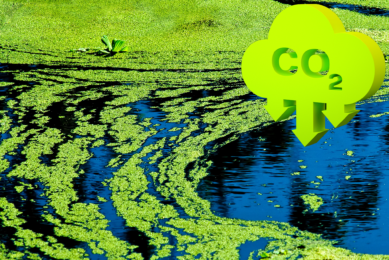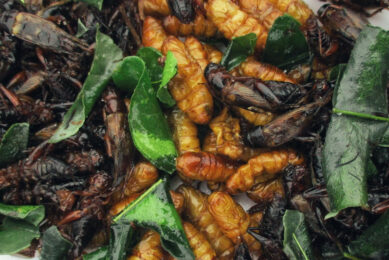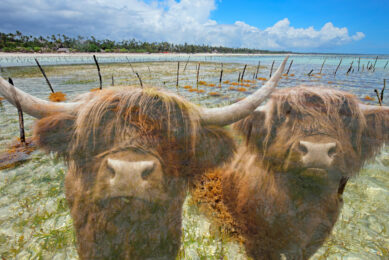Seaweed industry in UK and Europe face upscaling challenges
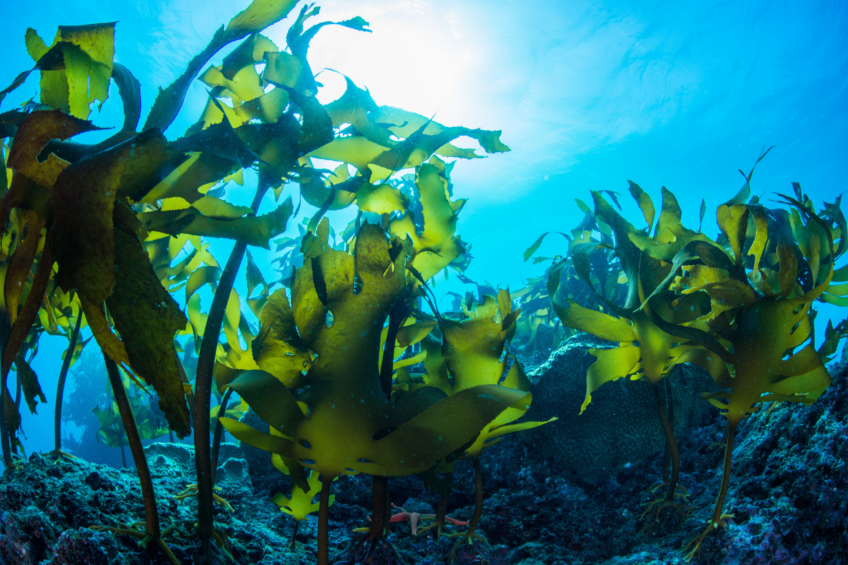
The seaweed aquaculture industry in the UK and Europe is novel but has been growing in the past decade. This can be seen by the increase in the number of existing commercial seaweed farms, businesses and available seaweed-based products on the market and growing political interest.
But to unlock and harness the full potential of the industry, cultivation and production needs to be upscaled and relevant markets for food and non-food applications need to be developed.
Senior ecosystem scientist Dr Eliza Capuzzo says upscaling of the fledgling industry is hindered by multiple issues. Some of them are being targeted by recent projects in the UK, such as Seaweed in East Anglia, which has created a roadmap for the growth of the seaweed economy in Norfolk.
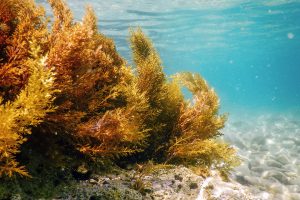
This has recommended 6 solutions that can support the growth of a seaweed economy:
- Focus on seaweed product development that supports Norfolk’s agricultural sector, the local food industry and the development of bioplastics.
- Build a local biorefinery and seaweed nursery
- Create a Norfolk-based testbed for seaweed cultivation
- Utilise business cluster networks to collect, monitor and share industry data
- Research the potential for seaweed to be used as an energy source
- Facilitate the creation of end-to-end Norfolk seaweed supply chains.
Licencing difficulties
WWF’s UK’s Seaweed Solutions Programme , Project Madoc, has uncovered particular difficulties regarding obtaining licences for seaweed aquaculture and funding streams for prospective seaweed farmers.
Economic viability & environmental impact
The 12 month comprehensive feasibility study, funded by the European Maritime and Fisheries Funded (EMFF), assessed the economic viability, environmental impact and social acceptability of developing a sustainable and competitive industry for Wales, based on the cultivation and downstream processing of selective species of native seaweeds.
Lack of standards & tech
Capuzzo, who works for the UK Government’s Centre for Environment, Fisheries and Aquaculture Sciences, said lack of standards on farming and products, technological barriers and the need for social licences to operate and spatial planning are still important issues, common to both the UK and Europe.
In her article, published on the Government’s marine science blog, Capuzzo spoke of her findings from the 13th Seagriculture Conference in Torshavn, Faroe Islands in June.
Presentations, she said, highlighted the following issues:
- The cost of farmed seaweeds per tonne is still too expensive compared to wild-harvest seaweed or to other crops (eg, sugar kelp has a price per tonne 100 times higher than corn). This has implications for the economic viability of businesses.
- People do not eat enough seaweed in the UK or Europe, so it is key to identify other uses for seaweed biomass.
- There are lots of valuable bioactives in seaweed – some of which are unique (fucoidan, alginate, ulvan, carrageenan, agars) and are not available in terrestrial crops. The concentration and quality of these bioactives can be variable so it is important to understand how environmental conditions, seaweed strains, times of harvest affect the quantity and quality of these products to ensure consistent quality of seaweed biomass.
- There is still a mismatch between seaweed producers and buyers/processing companies in terms of quantities produced/needed, species cultivated and products, with the need to further develop links in the seaweed value chain.
- Ecosystem services provided by seaweed aquaculture, such as through carbon uptake and enhanced biodiversity, need to be quantified, so they can be captured and incorporated into credit schemes.
Encouraging highlights
Capuzzo said there were also encouraging highlights: “Pilot farms in the North and Baltic Seas under EU-funded projects such as UTLFARM and OLAMUR are showing that seaweed can be successfully cultivated offshore in very energetic/exposed conditions (eg 11m waves height) while co-located with offshore wind. Data from these pilots is key to demonstrating the feasibility of co-location and offshore cultivation, moving the innovation cycle to mature activities and providing evidence for decision making.”
She added there had also been substantial progress towards the cultivation of dulse – a highly flavoured, bacon-like tasting red seaweed which can be tricky to grow , offering potential for upscaling of this species.
Innovative applications of seaweed include their use as an additive and probiotics for farmed animals – trials suggest they lead to improved animal health systems. For example, in pigs, by improving their digestion and increasing their resistance to disease and therefore reducing the amount of feed needed and the need for antibiotics.
Technological developments for mechanised harvest continue, with new farming methods, systems and harvesting machines which will be essential for scaling up cultivation.
And there are also, she added, useful seaweed knowledge hubs, providing support to stakeholders throughout the value chain.
Looking ahead, she said the industry was getting better equipped to emerge successfully through the “innovation valley of death “





